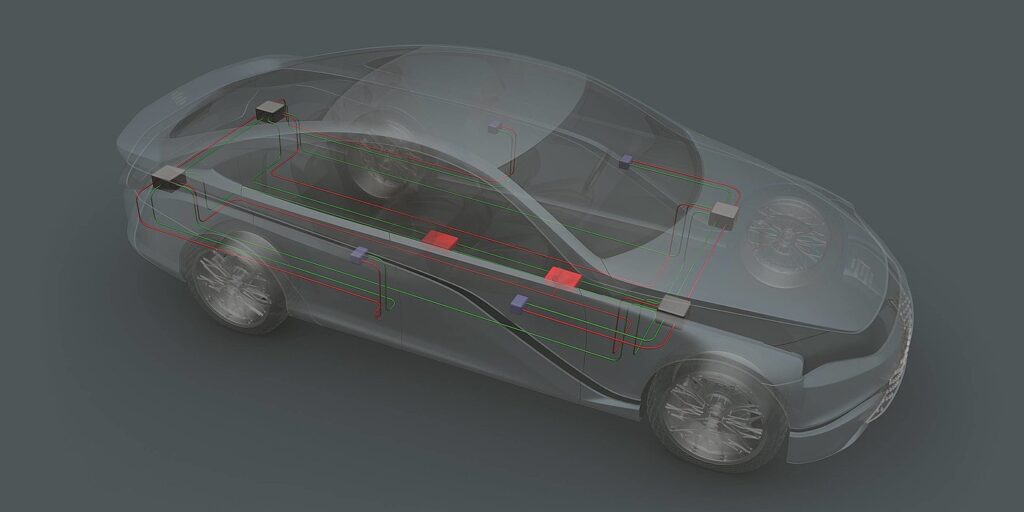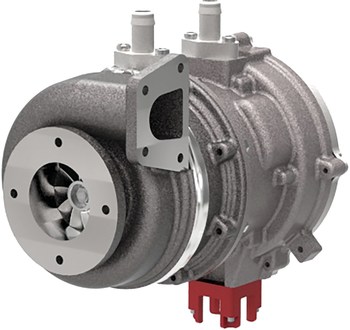
Service-oriented E/E architectures are widely used in the IT world, one example being a central printer that can be contacted by several workstations, which it then serves. More and more, technology is also finding its way into the automotive environment, with functions being centralized and put to multiple use. An example of this is the outside temperature sensor. This provides the temperature value, which in turn can be used by several applications, for instance the air conditioning or the temperature indicator in the center console display. With the aim of developing a zone-oriented E/E architecture that would be suitable for all mobility concepts, EDAG Engineering GmbH and Technica Engineering GmbH joined forces, and in 2020 commenced work on “ZOBAS”, a funded project.
As well as developing a new E/E architecture for vehicles, the project partners also aimed to reduce the number of control units in a vehicle. Depending on the range of functions, many separate control units are installed in today’s vehicles, and the specific sensors/actuators are connected to these. This means that up to 100 control units need to be fitted into the vehicle. In a zone-oriented E/E architecture, the sensors/actuators are connected to the nearest zone controller. In the “ZOBAS” project, it proved possible to significantly reduce the number of control units, depending on the vehicle’s equipment. This also significantly reduces the complexity of the wiring harness variants required.
The new type of application development allows third-party providers to supply their services or apps in a kind of app store for vehicles. Due to the high data volume and real time requirements involved, Automotive Ethernet is used for the communication between the control units.
The results of “ZOBAS” are to be further explored in a subsequent research project. The focus will be on the inclusion of artificial intelligence in the development of zone-based, service-oriented E/E architectures.




